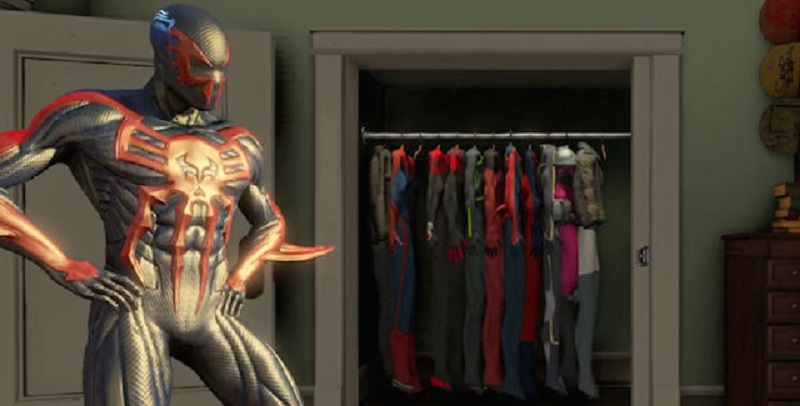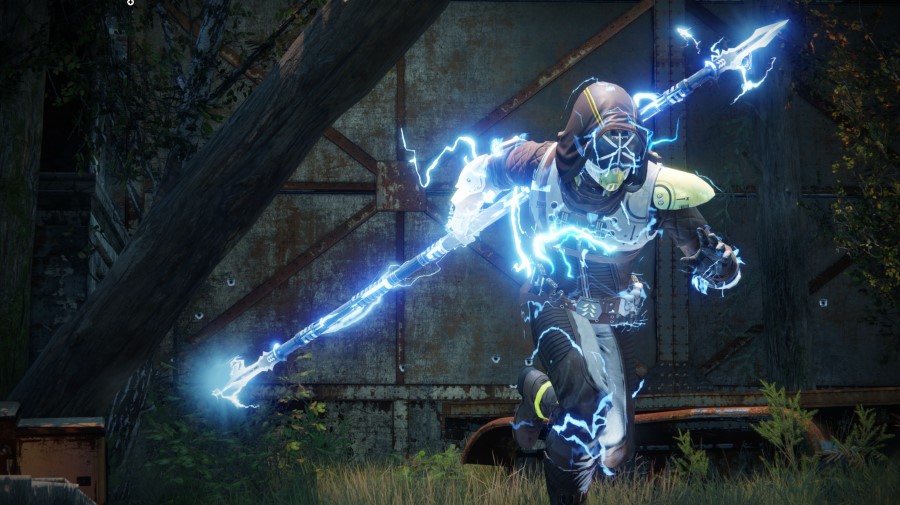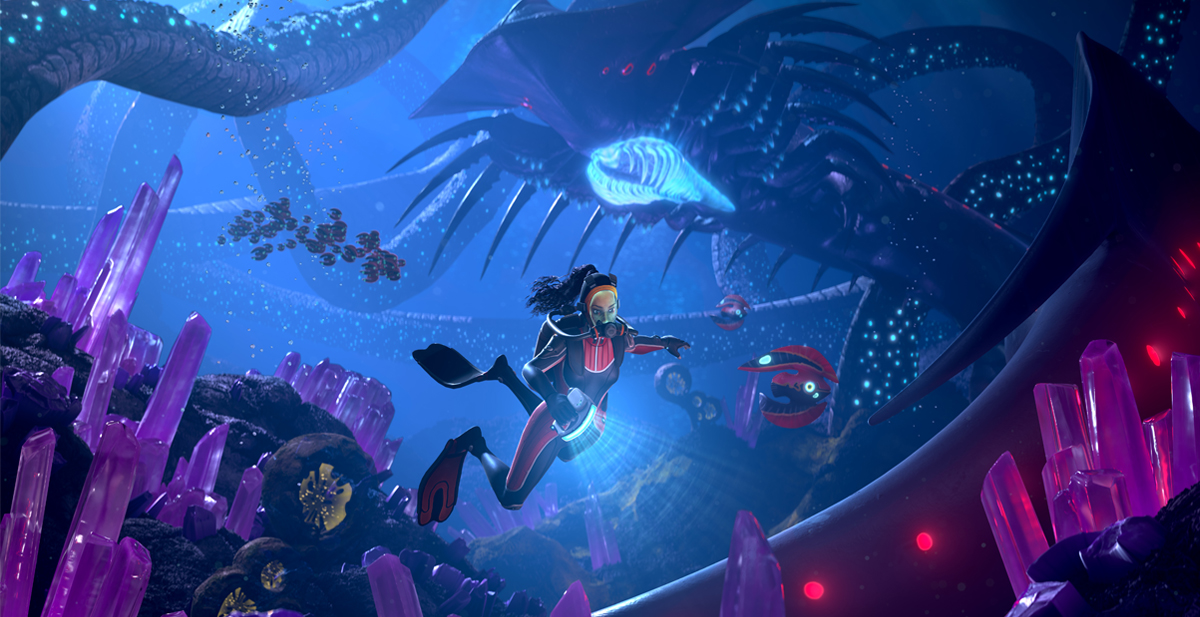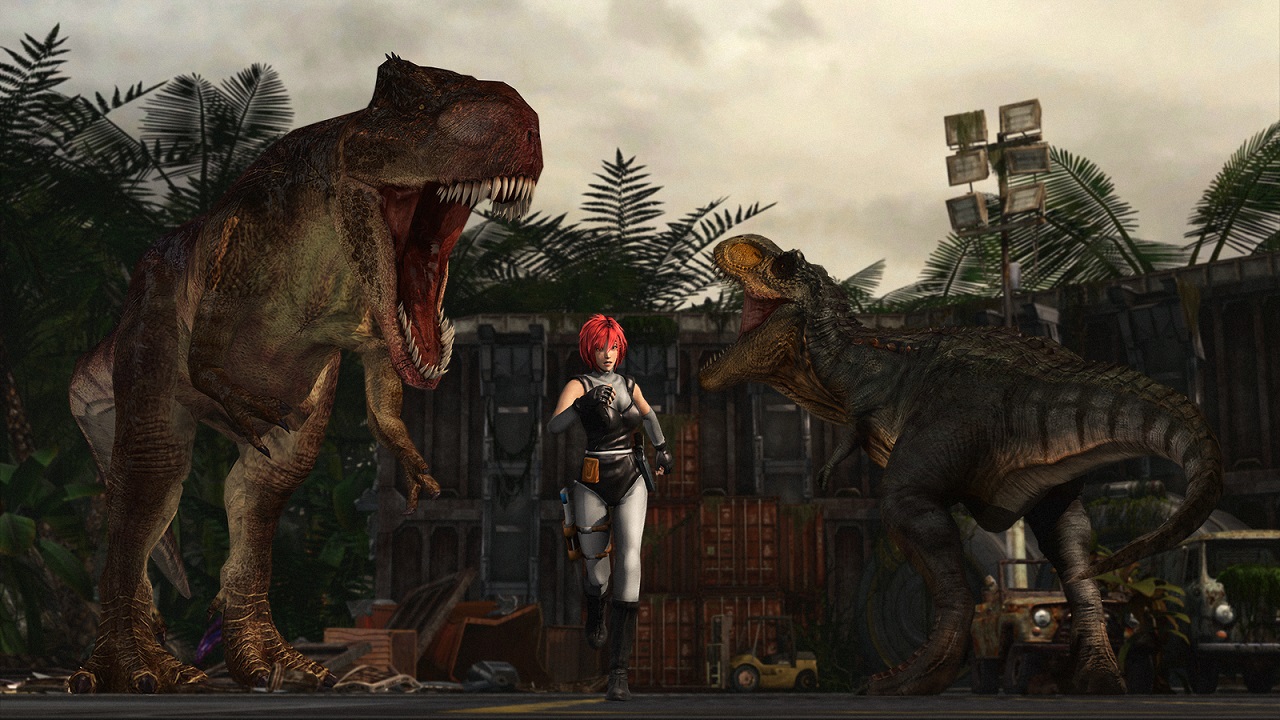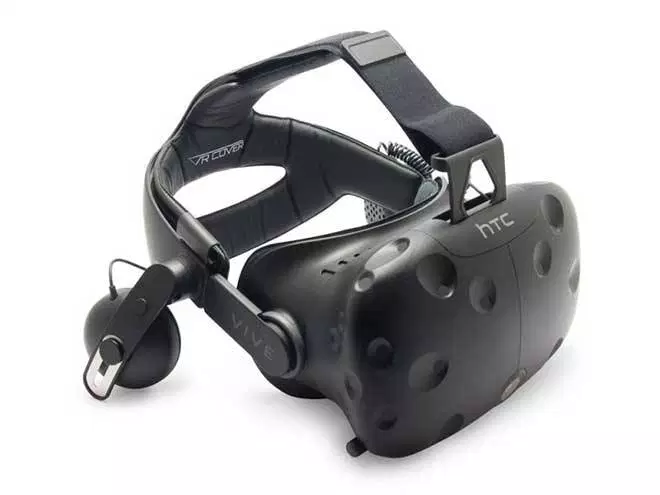
Now that the long-rumoured The Last of Us remake has been announced by Naughty Dog, with a stunning preview trailer to boot and a Playstation 5 release date set for September 2nd, I think it’s time we revisit the original overhaul of this genre-shaping game.
Although The Last of Us came out on Playstation 3 in 2013 a remaster was developed just 13 months later, following the autumn release of the Playstation 4 in 2013. Whilst the differences between these two games are on a much smaller scale than what we can expect from The Last of Us: Part I, it’s important to check back on the things that went such a long way in updating The Last of Us for PS4.
Here are the key differences between the 2013 and 2014 editions of The Last of Us.
5. Gameplay improvements
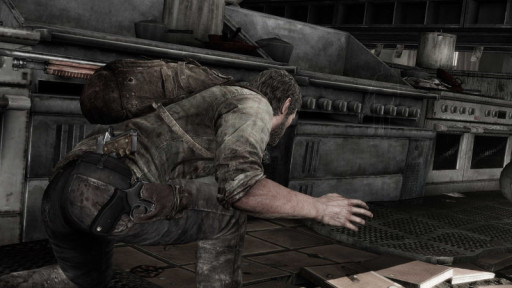
Surprisingly, gameplay improvements are not the most important difference between these two versions of the game, although many were implemented as a part of the remaster of The Last of Us, much to the game’s benefit. Besides improved loading times during cutscenes, creating a much smoother and seamless gaming experience, other advancements such as an upgrade from 30 fps to 60 fps gave The Last of Us: Remastered an edge over the original version of the game.
However, due to the limited extent of gameplay improvements, and the common criticism of the framerate increase as “jarring” - including criticisms from reporters at IGN and The Telegraph - these differences only place in fifth.
4. Improved graphics

Whilst the timeframe between the two releases was relatively short, the differences in graphical quality are still noticeable and impressive enough that they are more impactful than gameplay improvements. With many textures being improved, shadow silhouettes specified, and a step up from 720p to 1080p, The Last of Us: Remastered truly looks and feels like a different and more refined game.
Improved lighting systems and a higher draw distance also go very far in improving the atmosphere and realism of the game, making improved graphics a significant difference between the two game versions, and these improved graphics have served this game well in the years since its release.
3. Audio commentary

Not many players may seek out the audio commentaries of their favourite games - in fact, they’re not a very common inclusion in video games, but one that seems to fit perfectly with The Last of Us’ cinematic nature. With the Remastered version of The Last of Us, players can choose to unlock a commentary featuring Neil Druckmann (writer and creative director), Troy Baker (Joel Miller) and Ashley Johnson (Ellie) who provide creative insights into the cinematics that take place throughout the game.
Whilst The Last of Us already does so much to push the genre of video games in the artistic spaces they hold, this audio commentary solidifies the position of this game as artwork and is worth a playthrough from any TLOU fan looking to find out more about the inner workings of the game.
2. DLC inclusion

Originally an optional downloadable add-on, The Last of Us: Left Behind (alongside expansions for the online multiplayer mode) is included by default in The Last of Us: Remastered.
Whilst most video game DLCs unlock additional content, such as skins, weapons, textures and the like, The Last of Us (as ever) utilises its DLC to provide us with a new adventure into the backstory of Ellie, taking us through the emotionally tumultuous situation that landed her with Joel in the first place, as well as filling in some of the time gap between Autumn and Winter in the main game.
Making it an automatic inclusion in the remastered edition of the game feels like a natural step, and makes a beloved, but sometimes overlooked, part of the game much more accessible to those playing for the first time. If you haven’t played Left Behind yet, I highly recommend that you do, and I cannot wait to see it overhauled in September.
1. DualShock 4 feature integration

Lastly, my favourite difference between The Last of Us and its remastered counterpart: the DualShock 4 controller. Of course, the DualShock controller is already known for the importance it has held in demonstrating the key role of gaming peripherals in improving experience and immersion for players, and the DualShock 4 proves this point more than ever.
The small details added to The Last of Us: Remastered with the integration of the DualShock 4 enhances a game that already felt so touchingly real into an experience that assures you everything has been accounted for. Light indicators on the controller reflect the level of damage you have sustained in-game - red for low health, green for high, rather intuitively - but that’s not all.
Artefact recordings found in-game on tape recorders and similar are played through the speaker on the controller, adding a sense of realism that, despite being somewhat gimmicky, really does feel like a neat touch added with care. Even the flashlight sounds come from the controller, making you feel like you’re holding the tool in your own hands.
Whilst these small details are small, they are important, and show just how dedicated the folks at Naughty Dog are to crafting the experiences we have as players. I have every confidence we’ll find the same attention to detail in The Last of Us: Part I, and can’t wait to see what Easter eggs we have in store for us in September…
You may also be interested in:
- The Last of Us Best Quotes That Are Legendary
- [Top 5] The Last of Us Best Weapon Upgrades (And How To Get Them)
- The Last of Us Remastered vs Original [Top 5 Differences]
- [Top 10] Games Like The Last of Us (Games Better Than The Last of Us In Their Own Way)



